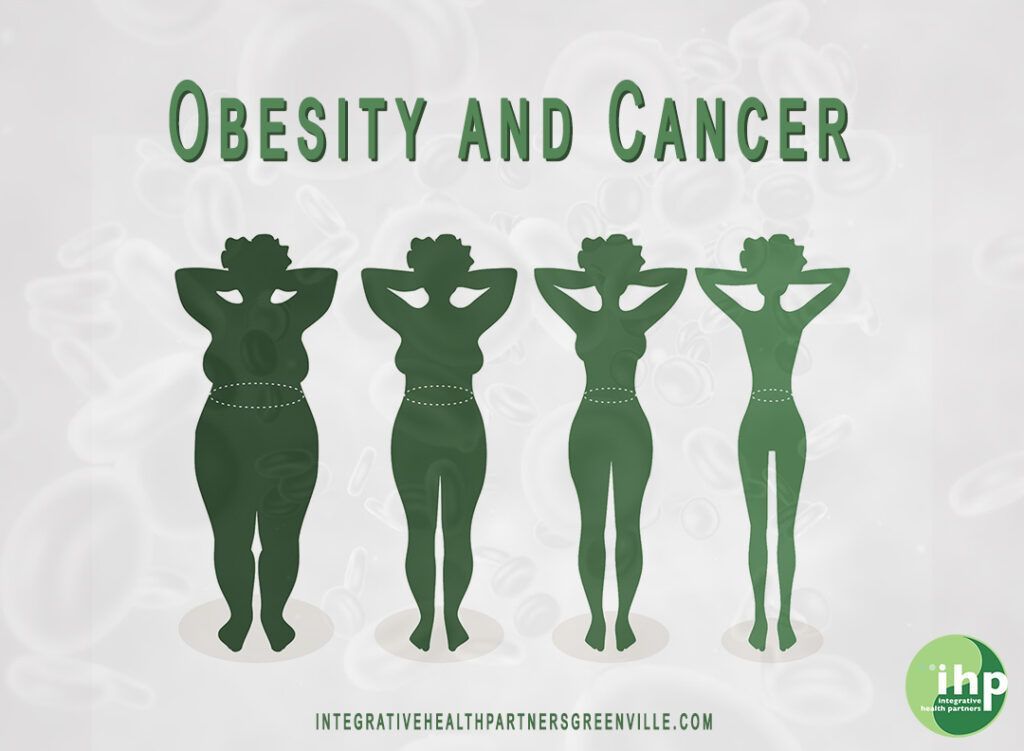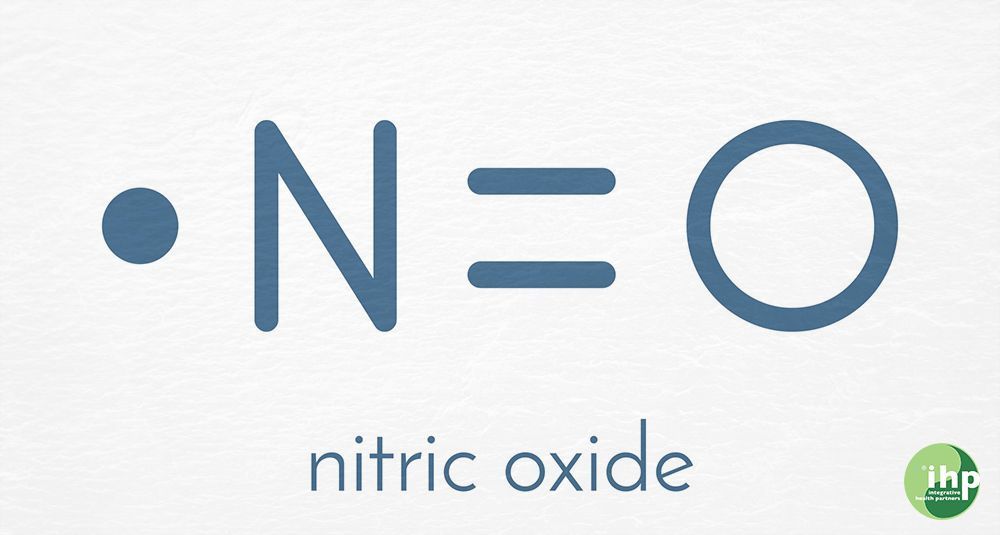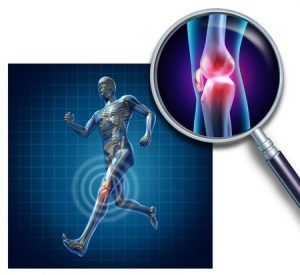Arsenic in Rice

You may have read disturbing reports recently about high levels of arsenic in rice and rice products. As I was reminded by one of my patients, the news media is a for-profit business, and nothing increases readership like dramatic news. So before you abandon rice as a food, there are some other aspects of this story that are worth considering.
Let’s look at some basic facts: Rice is a plant. Like all plants it absorbs nutrients from the soil and water in which it is grown. So whatever minerals are in the soil will find their way into the rice plant and the rice grain. Rice is somewhat unique as it is grown in a very wet environment. Because many minerals are dissolved in water this facilitates an easier uptake of certain minerals.
One of these minerals is Silica. In the human body, silica plays a very important role in the formation of collagen, the protein that holds all of our cells together. Many aging problems are due to inadequate collagen. Much has been made of the role collagen plays in the visible part of aging, most specifically, dull, sagging and wrinkled skin on the face. But collagen related aging problems are not only visible on the outside. Many other internal problems are due in part by lack of collagen production. These include: joint deterioration, poor bone health, weakened gums and teeth, and poor organ health amongst others.
The rice plant is an aggressive accumulator of silica. It is silica that gives rice its shiny, glass-like outer coating. In the human body it helps to give nails and hair a hard shiny appearance. So from a health related standpoint, rice is a very desirable food as it is abundant in silica. It is worth noting that the Chinese, who are known to be major consumers of rice, are also known for their shiny hair. Coincidence?
The dark side to this story is that arsenic, which is classified as a heavy metal (think mercury) is similar in structure to silica and thus also easily absorbed into the rice plant. Arsenic comes in two forms, organic and inorganic. In its organic form it is easily assimilated and eliminated by the human body. However, in its inorganic form it is hard to eliminate and thus can accumulate; it doesn’t take a lot of arsenic accumulation to start causing health related problems.
So where do these different forms of arsenic come from? Organic arsenic is a naturally occurring substance and is present in trace amounts in almost all soil. Inorganic arsenic, however, is man-made. So how did it get into the soil? Arsenic has been used as a pesticide for many years since the rise of mass produced agriculture. In short, it got into the ground and the water because we put it there. And we didn’t just spray it on rice. Arsenic has been in continuous use as a pesticide for many plants that we use as a food source. Arsenic in fruit juice, most notably grape and apple juice, was the subject of national scrutiny a couple of years ago. This was first reported by the Tampa Bay Times and later covered in a Consumer Reports article, the same organization who recently wrote the attention grabbing story concerning arsenic in rice. These studies provided data showing that arsenic was present at levels above the FDA safety levels in several nationally trusted brands of commercial juices…the same juices we still regularly consume and even pack in our children’s lunch boxes.
So how can you protect yourself and your family from exposure to dangerous levels of inorganic arsenic? The most effective thing you can do is to stop eating foods that have been sprayed with commercial pesticides. The “Organic” label is not without its controversies. However, one of the reliable aspects of organic labeling is that you can be assured that arsenic containing pesticides have not been used.
In the end, the problem is not inherent with rice but with modern farming practices. The use of toxic chemicals for pesticide carries a human health risk; they don’t just poison bugs. If we want to move beyond having to worry about what’s in our food we must all start to become part of the solution. Increased consumption of “organic” and trusted locally grown foods will demonstrate increased demand for non-pesticide laden foods. Yes, these products are currently relatively expensive. But greater demand will translate into increased production , which will eventually drive down costs. You can become active on a local level by asking your grocer to carry more organically labeled choices. Further, you can participate in national movements to pressure your elected representatives to pass laws that protect our food sources.
Like many health related topics, this subject produces more questions than answers. However, it points out the need for you to be actively involved in your health and healthcare. You shouldn’t be relying on your doctor or any single news article or website for your health information. Become aware of the growing problems with our food supply and how they contribute to the growing health care crisis we are witnessing in our country.






